New Grout Discoloration Issues
txsuszq
12 years ago
Featured Answer
Comments (9)
live_wire_oak
12 years agoRelated Professionals
College Park Kitchen & Bathroom Designers · El Dorado Hills Kitchen & Bathroom Designers · Midvale Kitchen & Bathroom Designers · Newington Kitchen & Bathroom Designers · Redmond Kitchen & Bathroom Designers · Adelphi Kitchen & Bathroom Remodelers · Centerville Kitchen & Bathroom Remodelers · Idaho Falls Kitchen & Bathroom Remodelers · Key Biscayne Kitchen & Bathroom Remodelers · Pueblo Kitchen & Bathroom Remodelers · Hammond Cabinets & Cabinetry · Palos Verdes Estates Cabinets & Cabinetry · Sunrise Manor Cabinets & Cabinetry · Corsicana Tile and Stone Contractors · Mililani Town Design-Build Firmspudgybaby
12 years agoUser
12 years agotxsuszq
12 years agobeekeeperswife
12 years agodeniserav4
12 years agoTracy555
10 years agoNot Applicable, retired
8 years ago
Related Stories

TILEEpoxy vs. Cement Grout — What's the Difference?
Grout is grout, right? Nope. Cement and epoxy versions have different appearances, durability and rules of installation
Full Story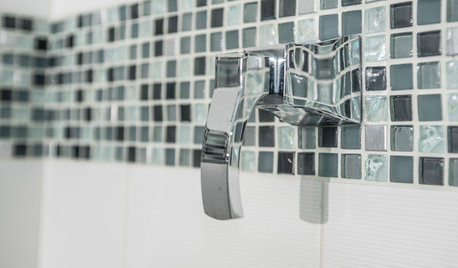
TILE3 Key Steps for Grouting That Looks Its Best
Get your grout right to keep your tile beautiful and for an installation that will last
Full Story
HOUSEKEEPINGHow to Clean Grout — Stains and All
If your grout is grossing you out, this deep-cleaning method will help it look new again
Full Story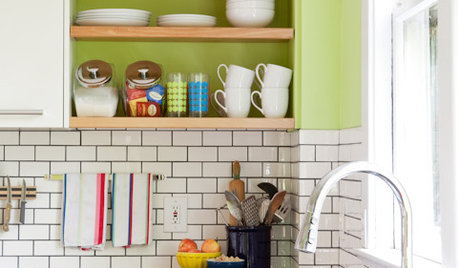
KITCHEN DESIGNSubway Tile Picks Up Gray Grout
Heading into darker territory, subway tile offers a graphic new look for kitchens, bathrooms and more
Full Story
REMODELING GUIDES9 Hard Questions to Ask When Shopping for Stone
Learn all about stone sizes, cracks, color issues and more so problems don't chip away at your design happiness later
Full Story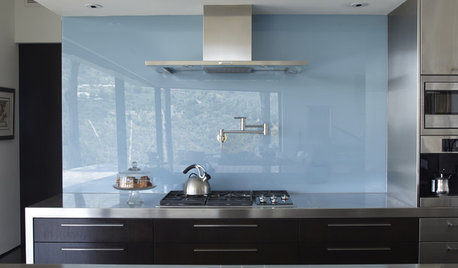
KITCHEN DESIGNThe Future of Backsplashes
Grout is out. Continuous sheets of glass, stone, metal and porcelain are saving cleaning time and offering more looks than ever
Full Story
HOUZZ TOURSMy Houzz: Creative Solutions Transform a Tricky Basement Studio
Structural issues and puzzling features give way to beautiful design at the hands of a can-do Montreal homeowner
Full Story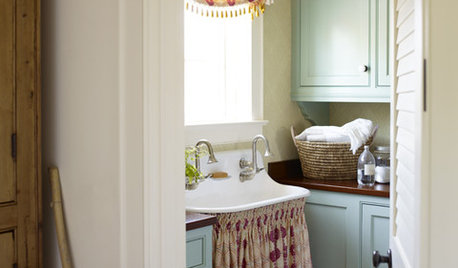
BATHROOM SINKSVintage Style: When, Why and How to Use a Sink Skirt
There’s no skirting the issue: There are times when this retro look is just right
Full Story
BATHROOM DESIGNDreaming of a Spa Tub at Home? Read This Pro Advice First
Before you float away on visions of jets and bubbles and the steamiest water around, consider these very real spa tub issues
Full Story
HOUZZ TOURSMy Houzz: Architectural Elegance With the Addition of Built-Ins
Custom shelves solve a clutter issue, while travel mementos add personality to the home of a family of 5 in Ontario
Full Story








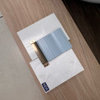
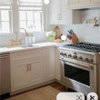
Kathy F